Water is essential for life on Earth, and anywhere else in the known universe, as far as we can tell.
Yet, whether or not the water you are getting from your home or from public water fountains is as clean as it's supposed to be is another question that's been debated for quite some time now.
Public water fountains have become a hot-button topic in our germ-obsessed culture. Are they safe for our children to drink from? Or are they covered in diseases and bacteria that can harm the ones we love? Is bottled water actually the answer? Folks from just a couple of decades ago had never heard a peep about bacteria in their water fountains, but now we all seem to be afraid of them.
Well, these 10 things about your water sources will certainly give you more insight into the debate. If you never thought twice about your drinking water before this, I'm pretty sure you will now.
Please SHARE this important and interesting information with your family and friends on Facebook!
Thumbnail Sources: Wikimedia Commons, Flickr
1. School Water Fountain Handles Can Spread The Flu
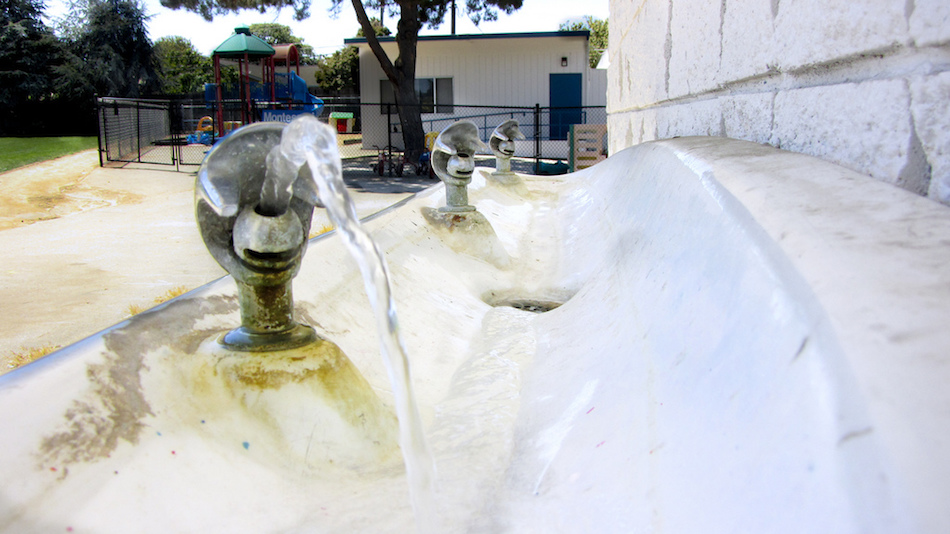
One study found that elementary school drinking-fountain handles were among the most contaminated places in the entire schools, sometimes even containing strains of norovirus and influenza A.
2. Prescription Drugs Could Be In The Water
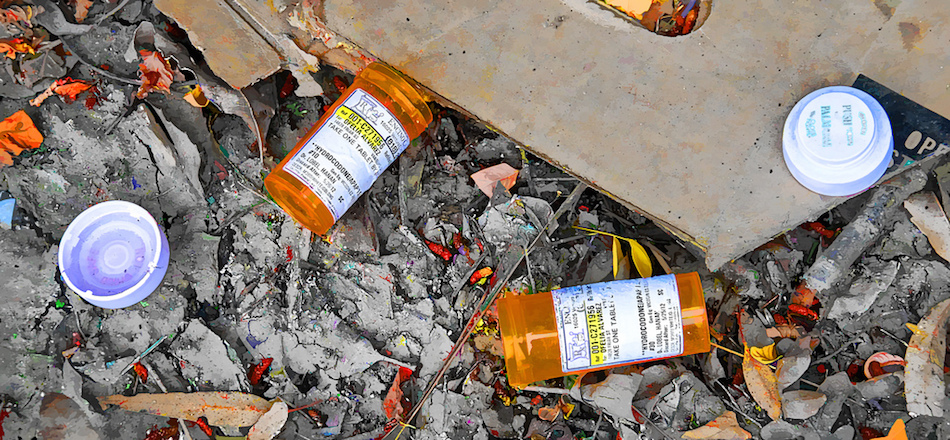
Even pharmaceutical drugs that have been thrown away in the trash can end up in the drinking water, because our filters and cleaning processes do not always separate out these chemicals. Drinking fountains use city water and could be one of the common places this contaminated water shows up.
3. Their Numbers Are Dwindling
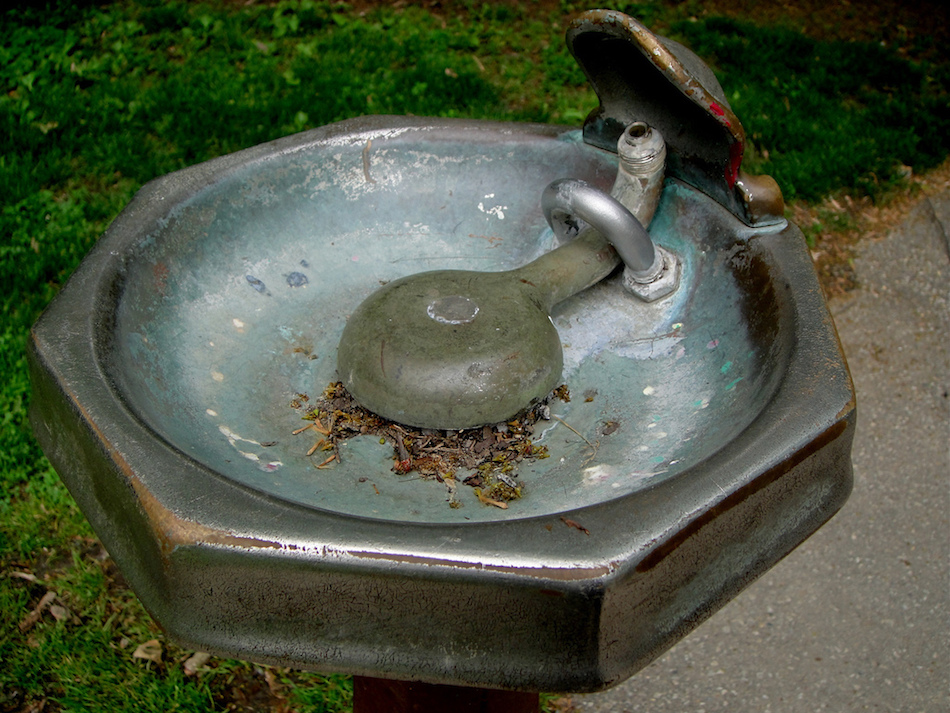
You may have noticed that you've been seeing less fountains in public spaces. That's because by 2015, the number of water fountains required in buildings had been cut in half.
4. Yes, They Can Be Dirtier Than The Toilet
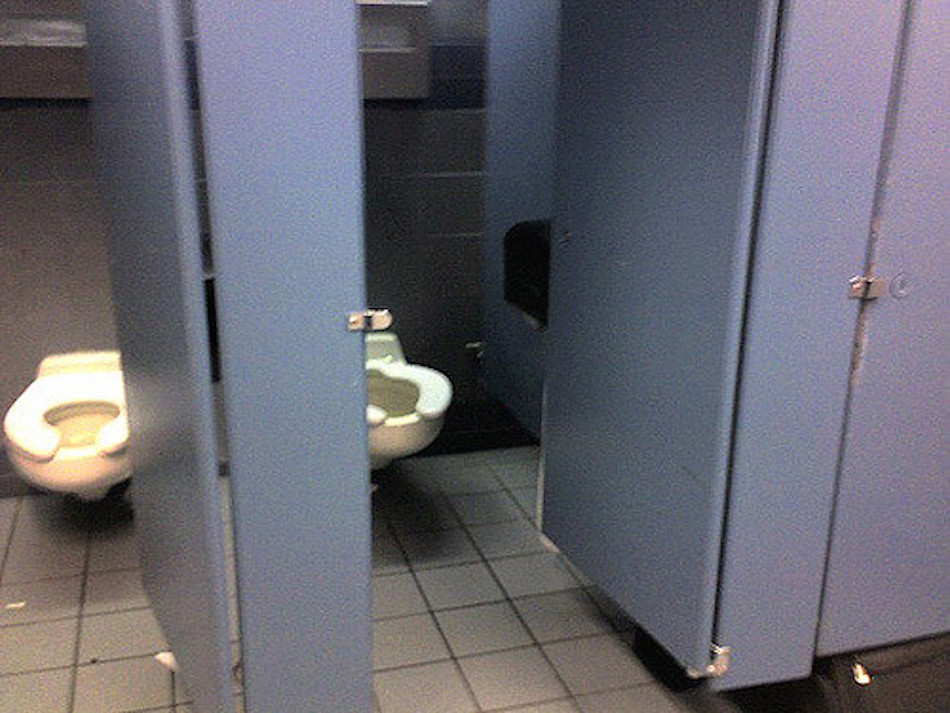
A 13-year-old conducted an experiment that tested his school's fountain water against the water from one of his school's toilets. After letting bacteria incubate, he found that not even the cleanest fountain was as clean as the toilet.
This is easily explained by the fact that toilets get cleaned and flushed on a regular basis, while water fountains are not sanitized as often, and they're left out in the open to the elements. Still, not a fun thing to think about while you're trying to hydrate.
5. Older Fountains May Use Lead Pipes

Older buildings can sometimes have lead-soldered pipes that allow metals to flake into the water supply, especially when the water is left to sit over a weekend or the holidays.
6. Potential For Contamination Used To Be Way Worse
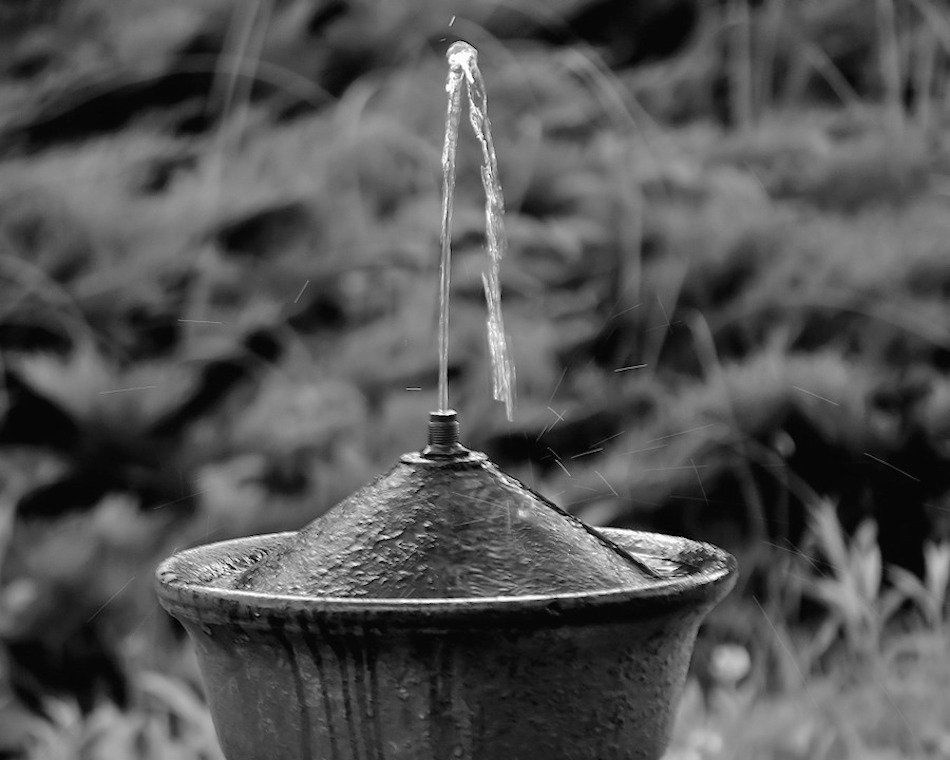
Originally, public drinking fountains had a metal cup attached with a chain that everyone used to sip their water. In the 20th century, people realized that this was a pretty gross way to spread disease and infection, and the common cup was eventually banned.
The vertical spigot wasn't much better, because people would put their mouths directly on it to get the full stream of water. It took years to make it to the slanted stream we have today to get people to stop placing their mouths on the fountains.
7. On The Upside, City Water Has Strict Testing Regulations

Tap water is regulated by the Environmental Protection Agency, and it is required to be disinfected, filtered to remove pathogens, and, finally, tested for cryptosporidium and giardia viruses. Tap water, and therefore the water in your drinking fountains, is supposed to be tested around 400 times per months.
8. But Testing Has Uncovered Dangerous Pathogens In The Water

Norovirus, E. coli, shigella, giardia, and other pathogens have all been found in public water supplies during routine testings. For example, in 2011 and 2012, the Centers for Disease Control and Prevention put out a report that showed multiple pathogens in the public water supply, and therefore, in public drinking fountains.
9. Cleaning Methods Can Actually Cause Contamination
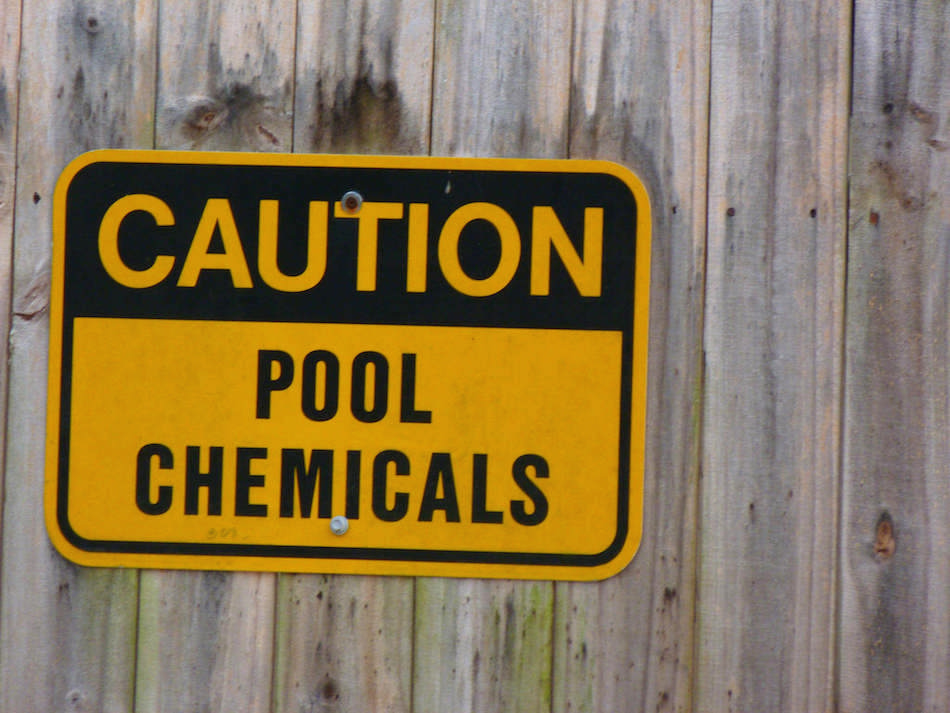
Things like chlorine could be hiding in tap water, and therefore in water fountains, because it is sometimes used to clean the water of bacteria. I suppose it's a "lesser of two evils" situation on this one.
10. Fluoride May Do More Harm Than Good
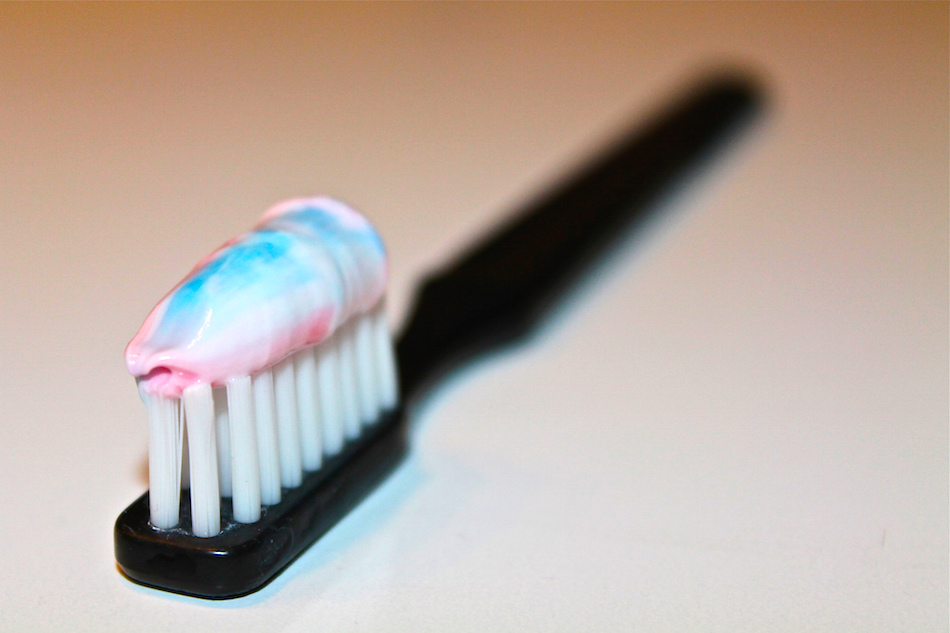
Top researchers, including Dr. Hardy Limeback of the University of Toronto, argue that fluoride may not be good for you. The statistics in favor come from 50 years ago, and there hasn't been any in-depth research on whether or not it really does any good. However, Toronto, which has never used fluoride, has lower cavity rates than cities that have used fluoride for years.
Well, if this doesn't make you think twice, I don't know what will. The lesson to be learned is that nothing is quite as it may seem, and that perhaps bringing water with you is a better option than sidling up to the nearest water fountain!
Please SHARE with your family and friends on Facebook!




